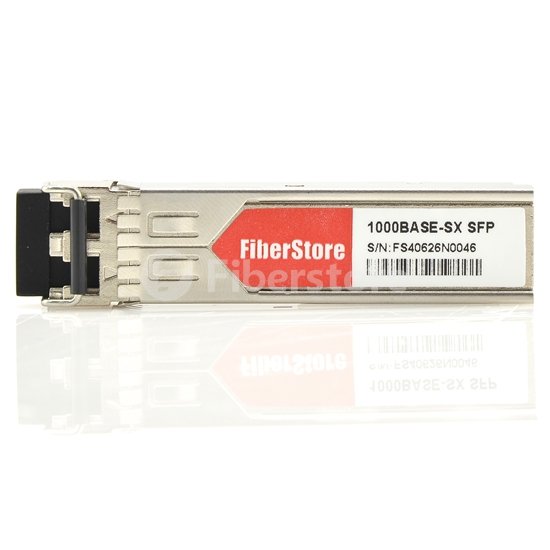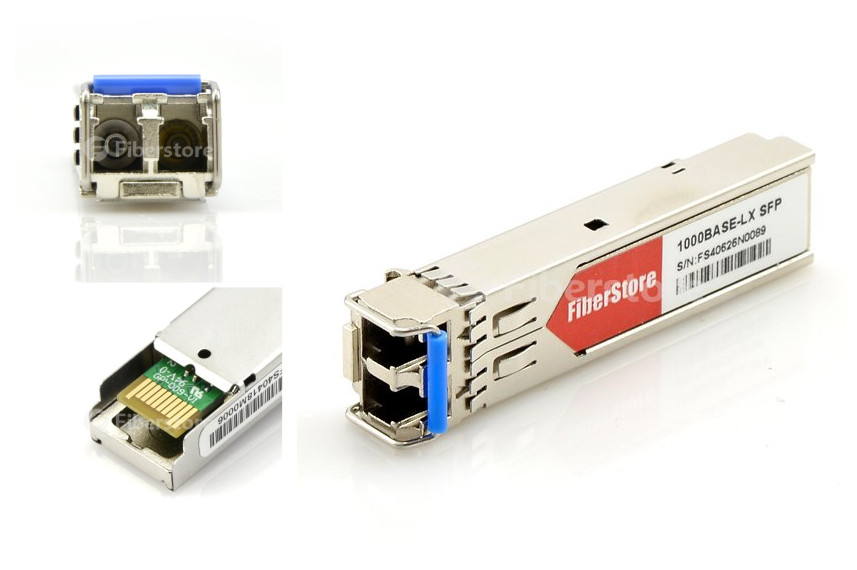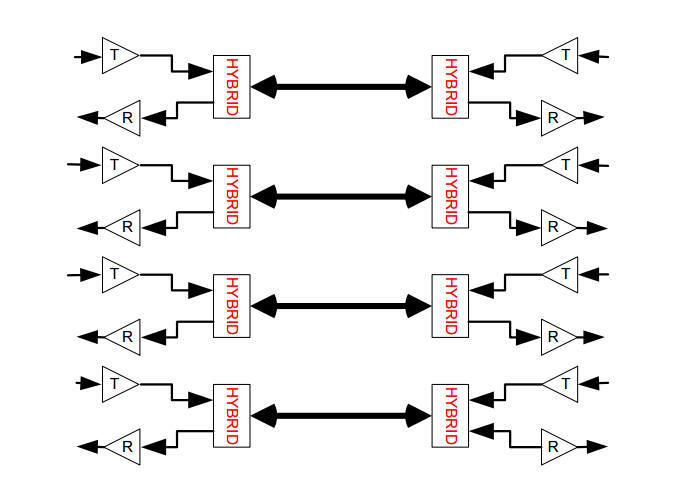There are many kinds of optical transceiver in the market. When looking at a transceiver module, you may see words like 1000BASE-CX, 1000BASE-SX, 1000BASE-T, and so on. For example, the following picture shows a 3CSFP91 compatible SFP transceiver. You can see "1000BASE-SX SFP" on it. What do they mean? And what's the difference between 1000BASE-SX, 1000BASE-CX, and 1000BASE-T? In this post, a brief introduction to 1000BASE will be given.

What Does 1000BASE Mean?
The "1000" refers to the transmission speed of 1000Mbps. In computer networking, Gigabit Ethernet (GE or 1GbE) is a term describing various technologies for transmitting Ethernet frames at a rate of a gigabit per second, as defined by the IEEE 802.3-2008 standard. The cables and equipment are very similar to previous standards and have been very common and economical since 2010. You may wonder what the word "BASE" means. BASE refers to "baseband", meaning that this is an unfiltered line not requiring a digital modulation scheme. Back in the day, there was a 10PASS-TS version of Ethernet that used a signaling scheme similar to a modem, but baseband is dominant today. So 1000BASE refers to a Gigabit Ethernet connection that uses the unfiltered cable for transmission.
1000BASE-What?
The next part is the cabling used to carry the signals. The earliest forms of Ethernet used coaxial cable, but thin twisted-pair cabling became popular in the mid-1990s. Faster versions of Ethernet also often use fiber optics rather than electrical signals. There are a bewildering assortment of physical interconnects for Ethernet. But the naming system isn't as complex as it might appear. The first letter tells us which kind of wire we are talking about:
- "S" means short-range multi-mode optical cable (less than 100 m)
- "L" means long-range single- or multi-mode optical cable (100 m to 10 km)
- "E" means extended-range optical cable (10 km to 40 km)
- "Z" means long-range single-mode cable at a higher wavelength
- "T" means twisted-pair cable (e.g. the common Category 5 in use today)
- "K" means a copper backplane
- "C" means balanced copper cable
- "B" uses two wavelengths over a single optical cable
Next is the coding scheme for data on the wire: "X" means 8B/10B block coding for Gigabit Ethernet. Then, we have a number representing the number of parallel "lanes" for data: "1" would mean serial (non-parallel) but is omitted instead; "4" or "10" are available for copper wire; just about any other number could be used for optical lanes or wavelengths. As you can see, common unshielded twisted pair wiring is "BASE-T", optics are denoted according to their range ("S", "L", "E"), and backplanes use "K" copper.
Examples
1000BASE-SX standard is a variant coupled to a VCSEL laser with a short wavelength of 850nm. It has a maximum length of 550 meters. 1000BASE-SX technologies are being widely implemented in enterprise-level networks and primarily used between pieces of equipment within a building. 1000BASE-LX standard has a working distance of up to 5 km over single-mode optic fiber. And it can also be used to transmit data over common multi-mode fiber options with a maximum length of 550m. 1000BASE-EX standard is capable of transmitting up to 40 km over a single-mode optic fiber pair due to higher quality optics. 1000BASE-CX is an initial standard for Gigabit Ethernet connections with maximum distances of 25 meters using balanced shielded twisted pair. 1000BASE-KX standard is for Ethernet operation over electrical backplanes. It defines one to four lanes of backplane links, one RX and one TX differential pair per lane. The 1000BASE-KX variant uses 1.25GBd electrical (not optical) signalling speed. 1000BASE-T normally uses four pairs of the commonly installed Category 5 unshielded twisted pair (UTP) cable or enhanced category 5 cabling version of UTP cabling to achieve gigabit data rates. The image below shows a Moxa SFP-1GLSXLC 1000BASE-LX SFP transceiver.

There are various 1000BASE SFP transceivers available depending on the your application and distance capability required. Fiberstore is a professional manufacturer and supplier, offering various kinds of 1000BASE SFP transceivers 100% compatible with major brands like Cisco, HP, Juniper, Force10, D-link, 3Com. They are backed by a lifetime warranty, and we also can customize optical transceivers to fit your specific requirements.

